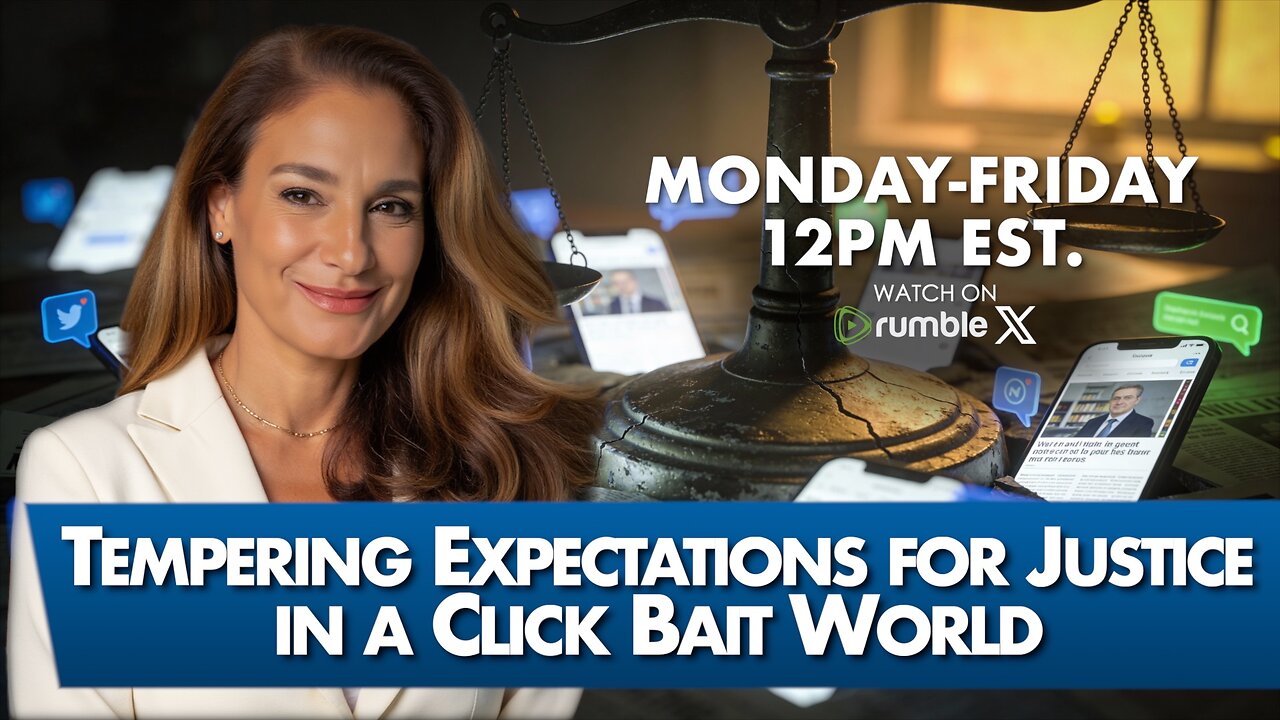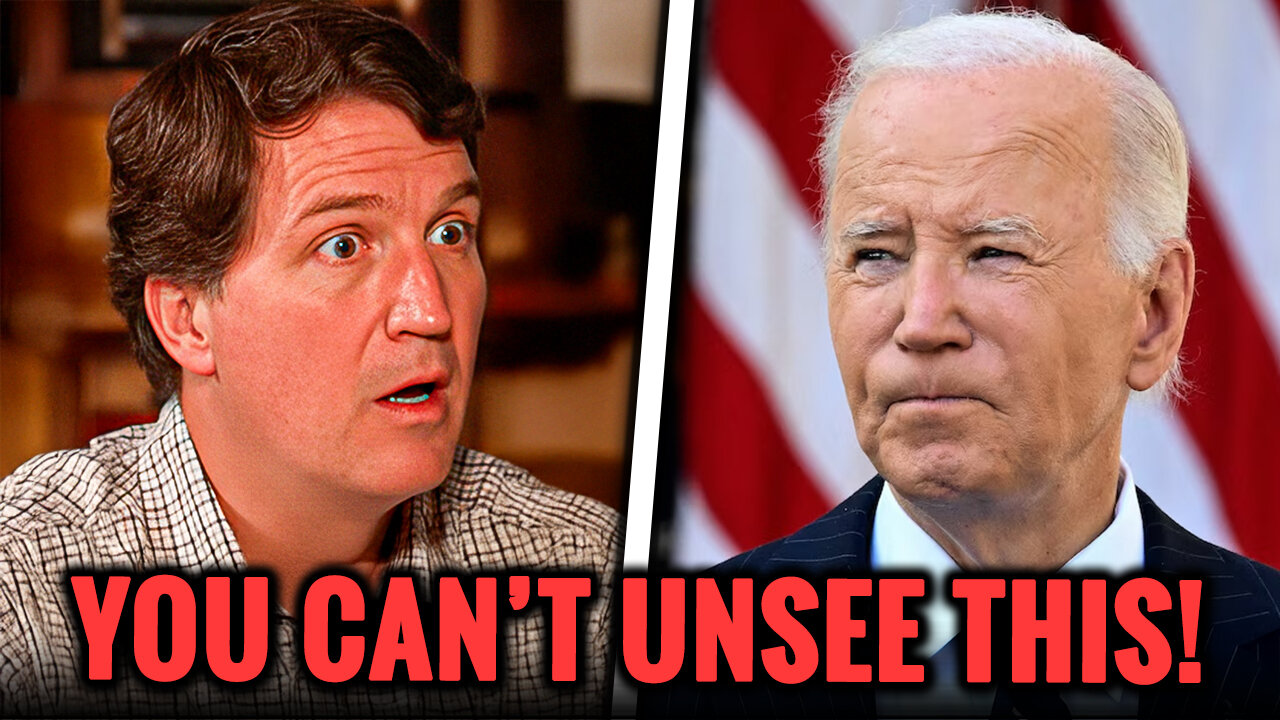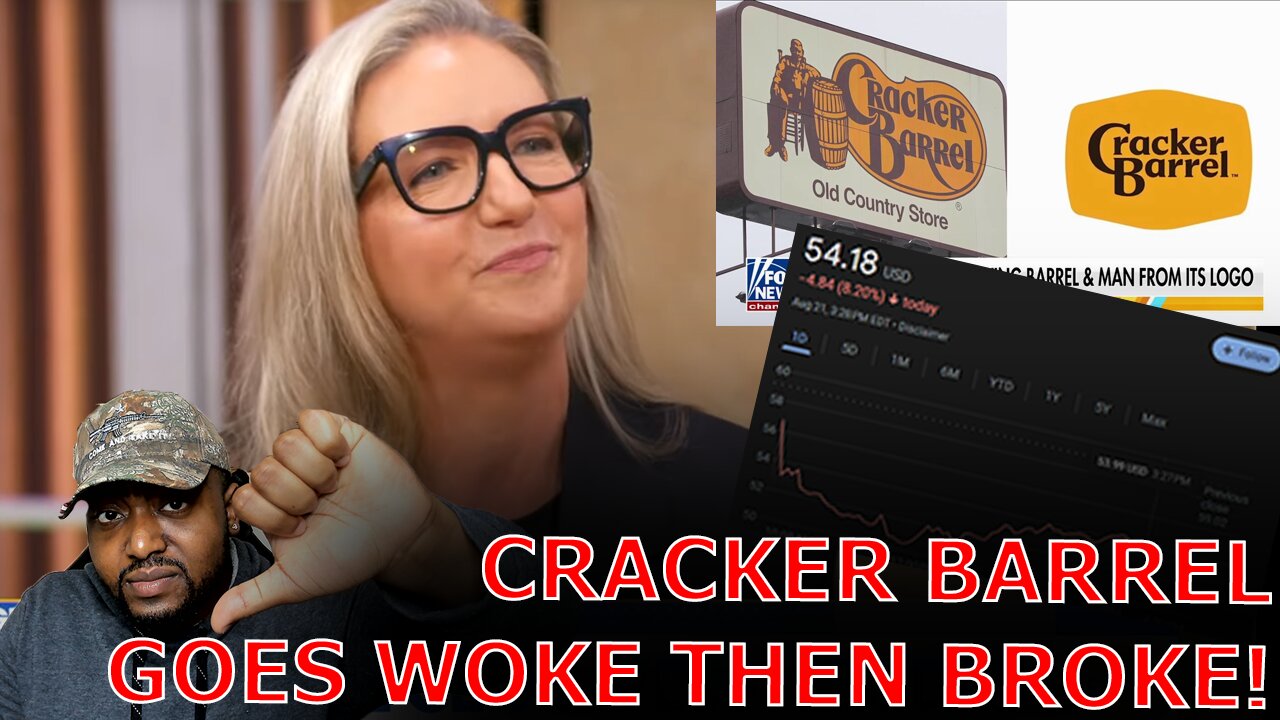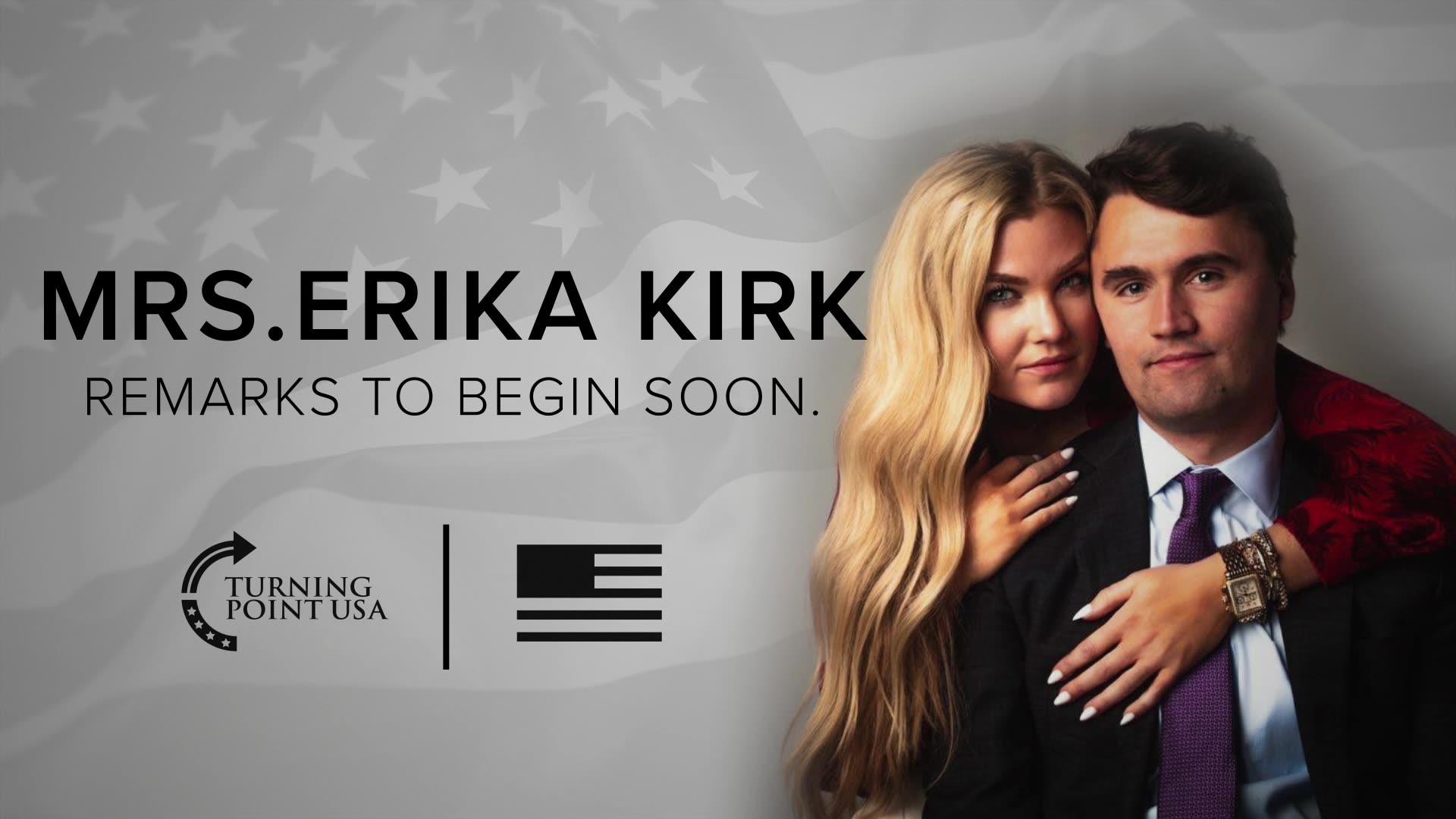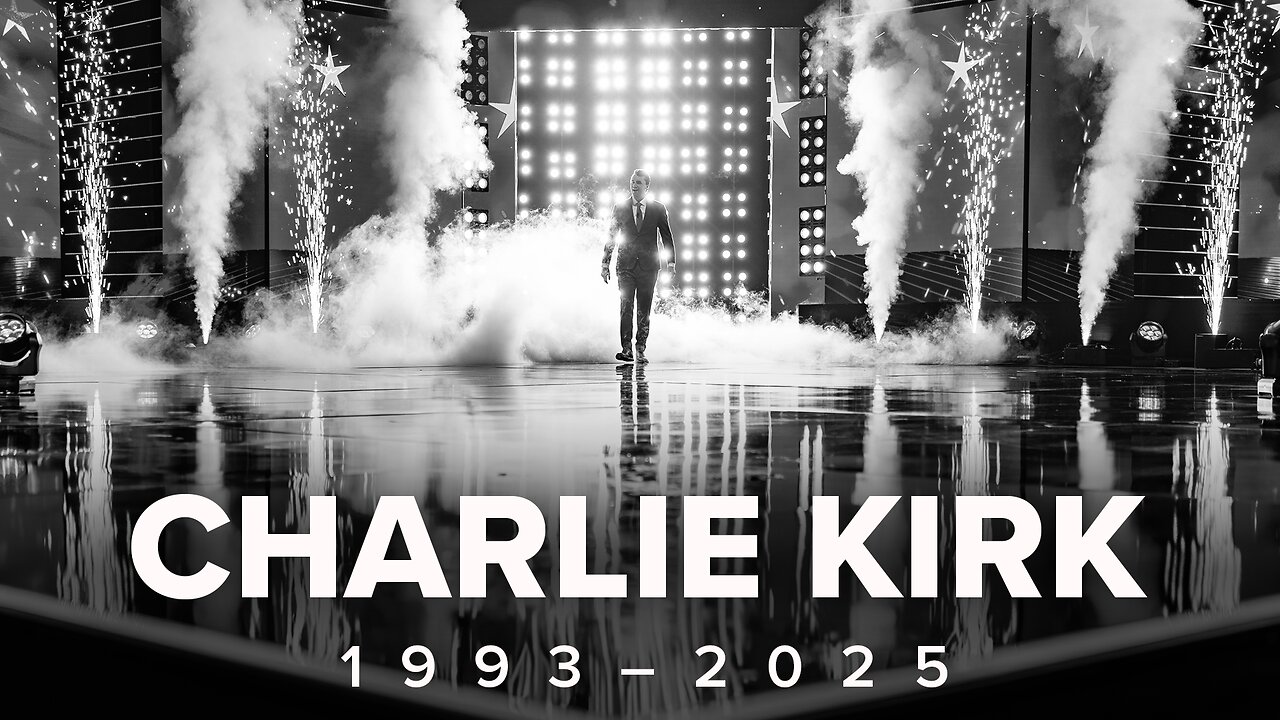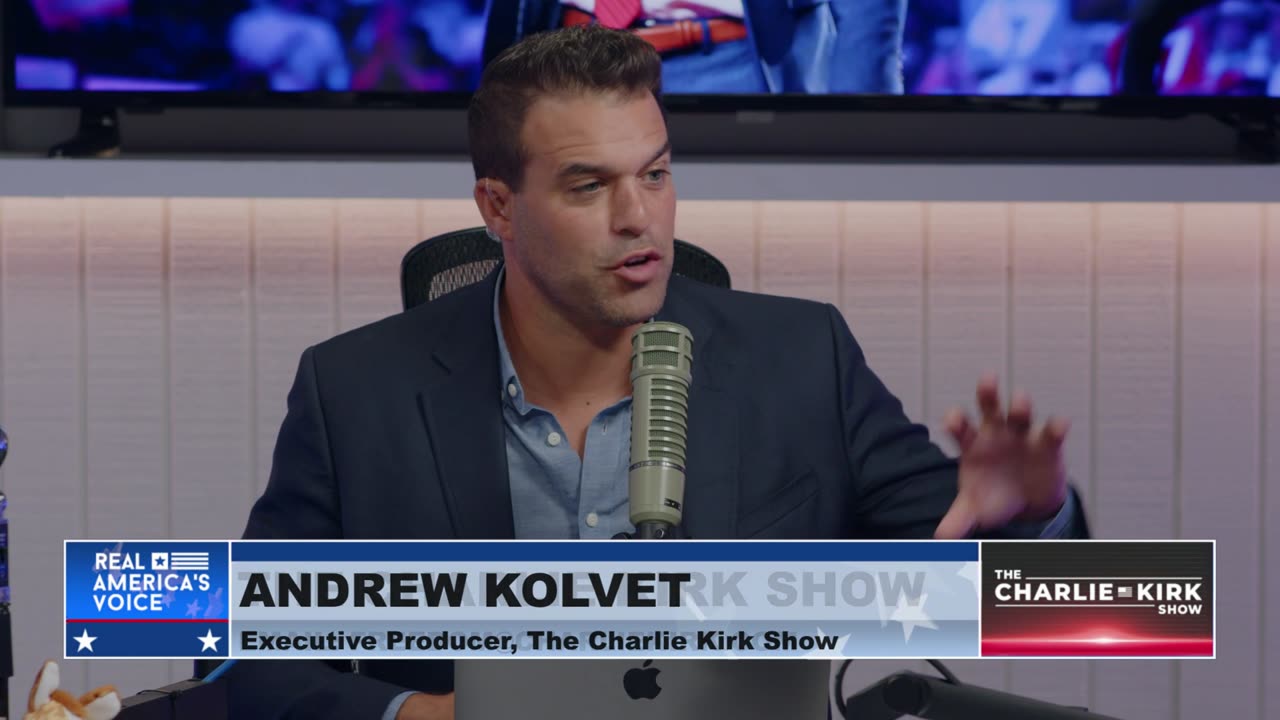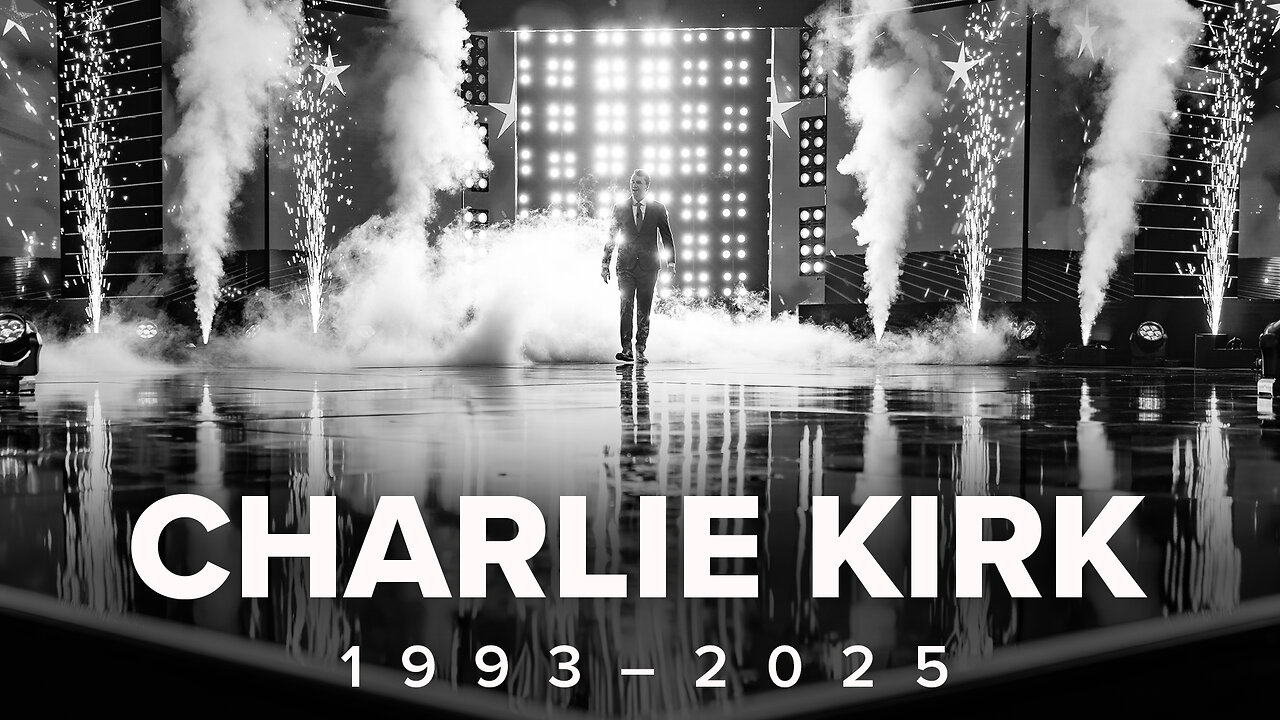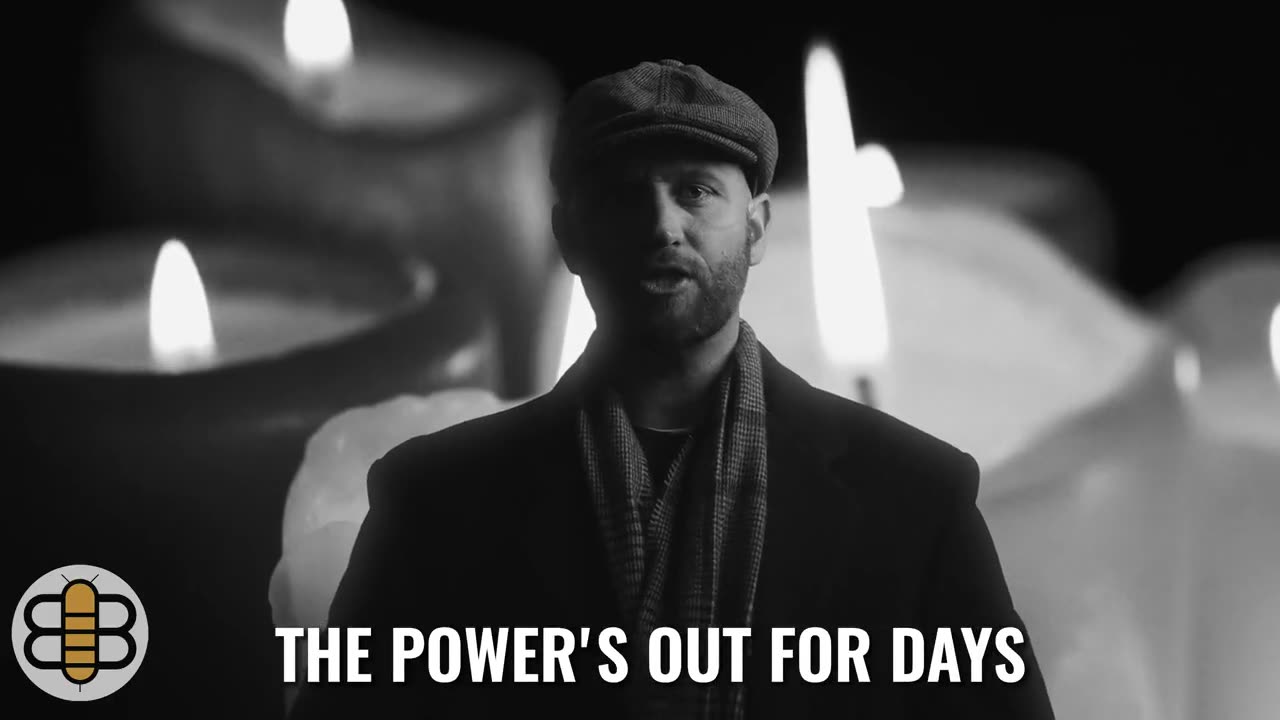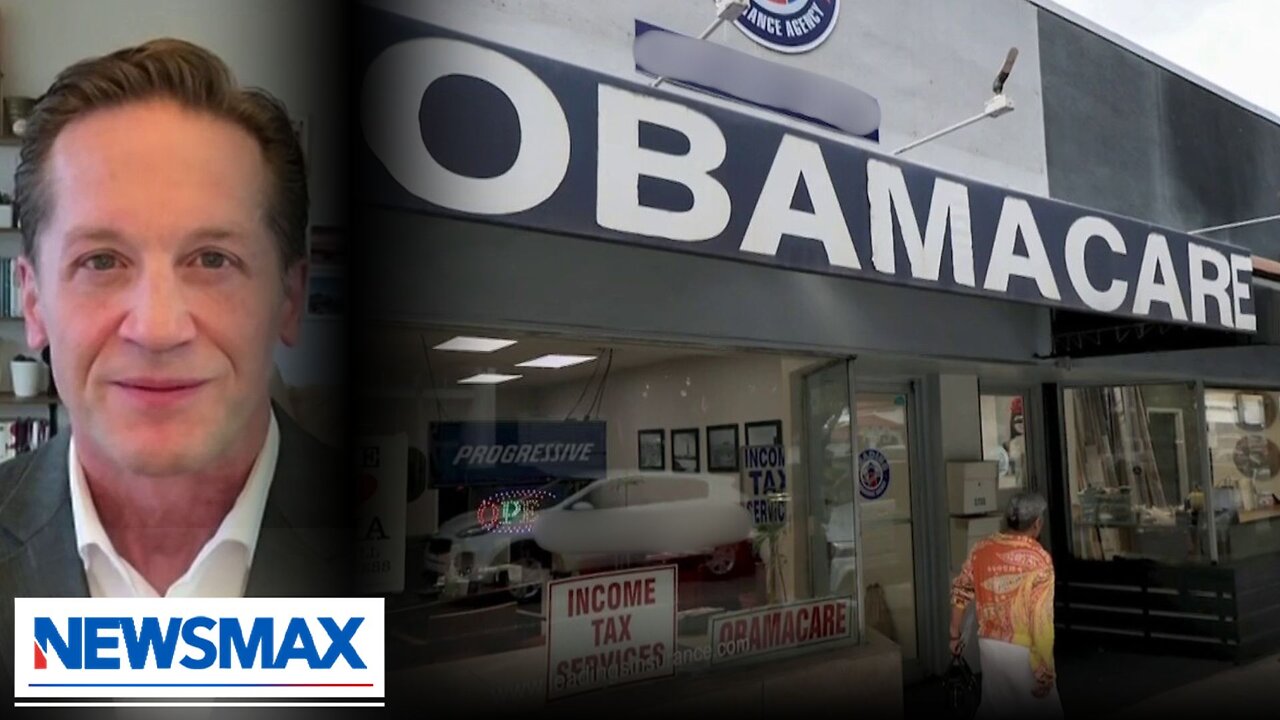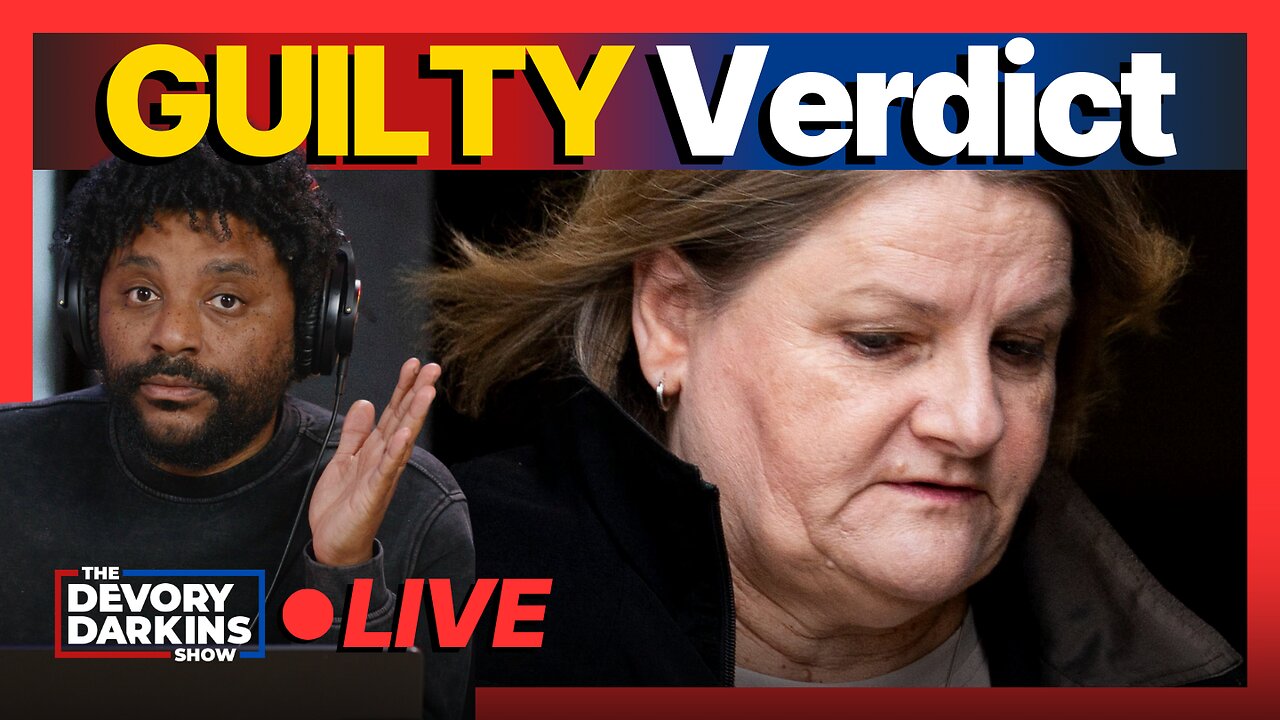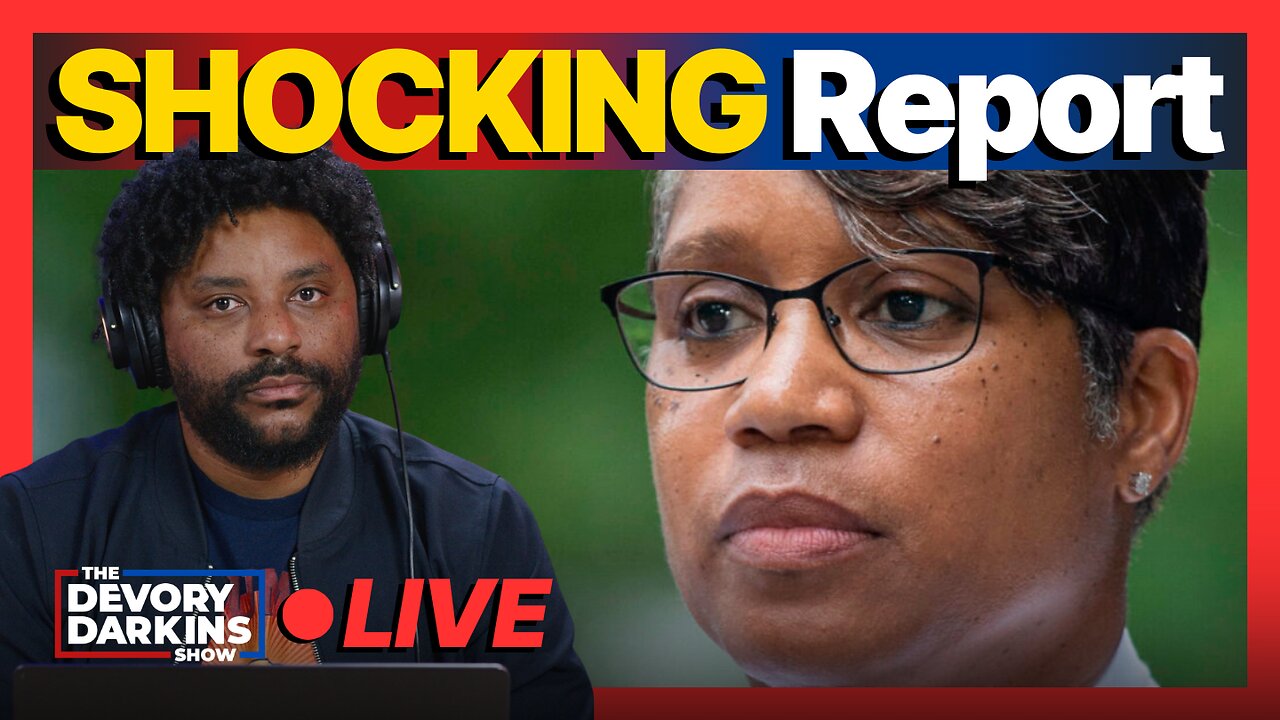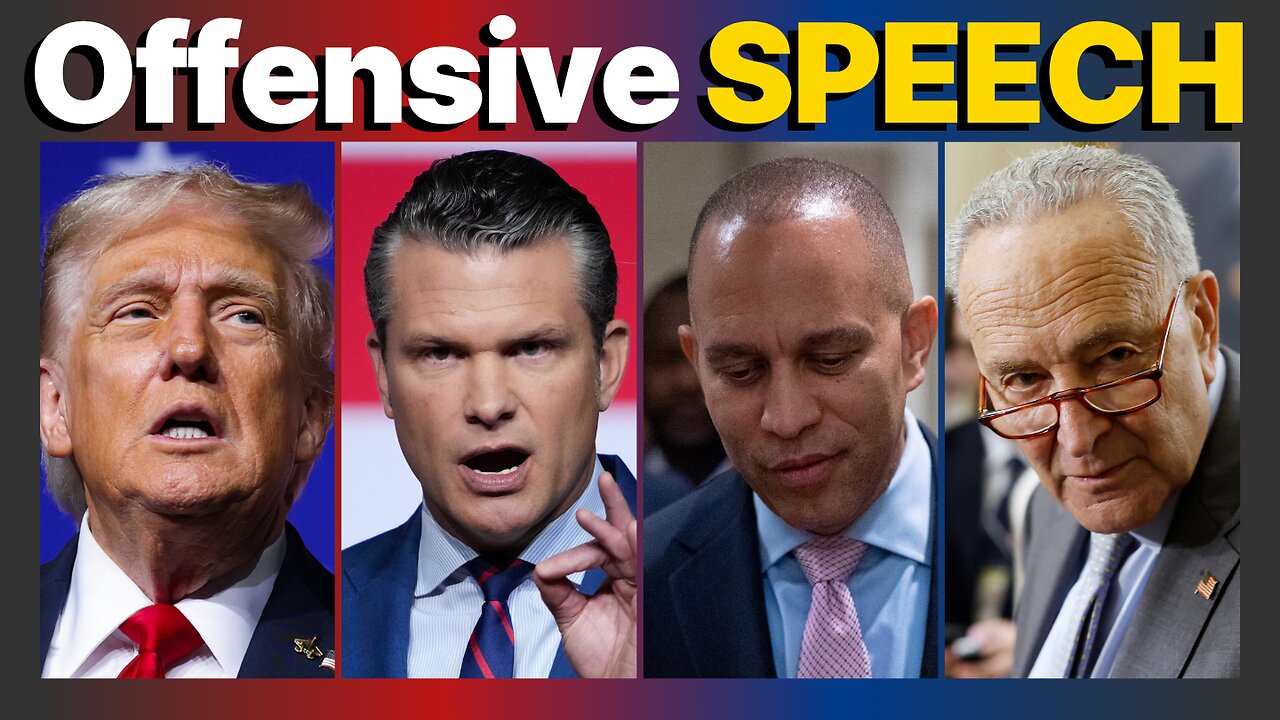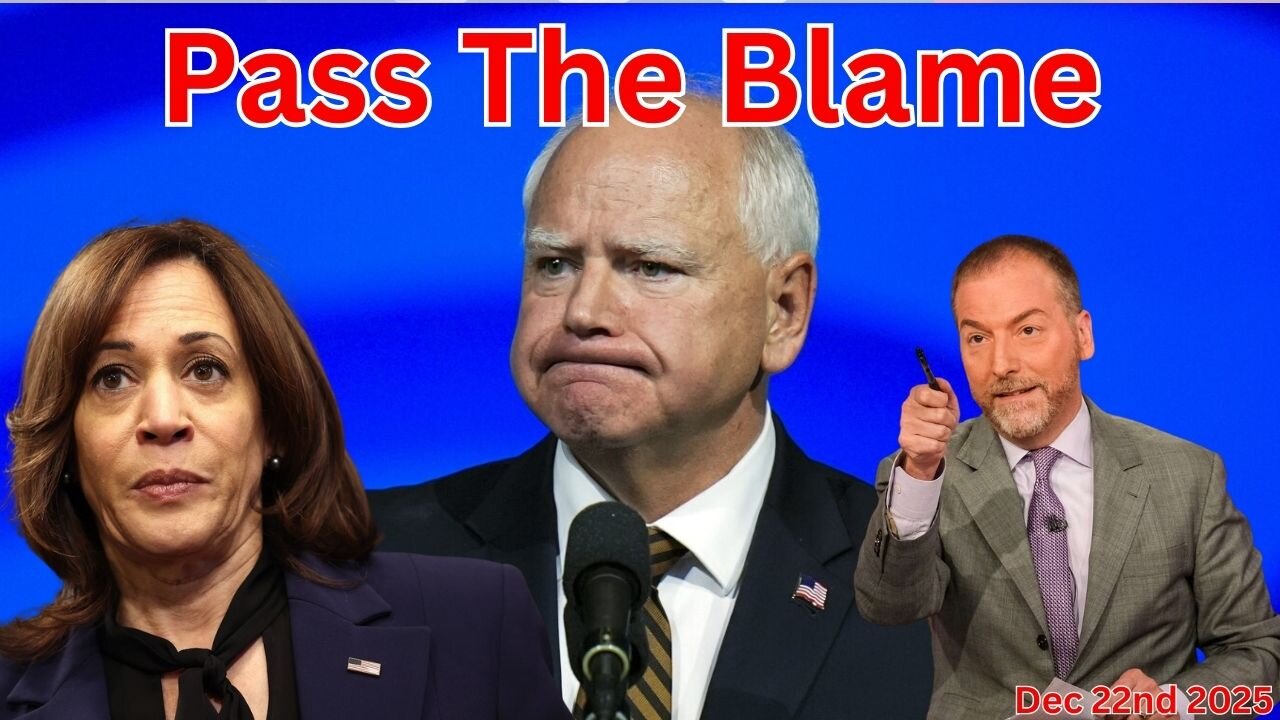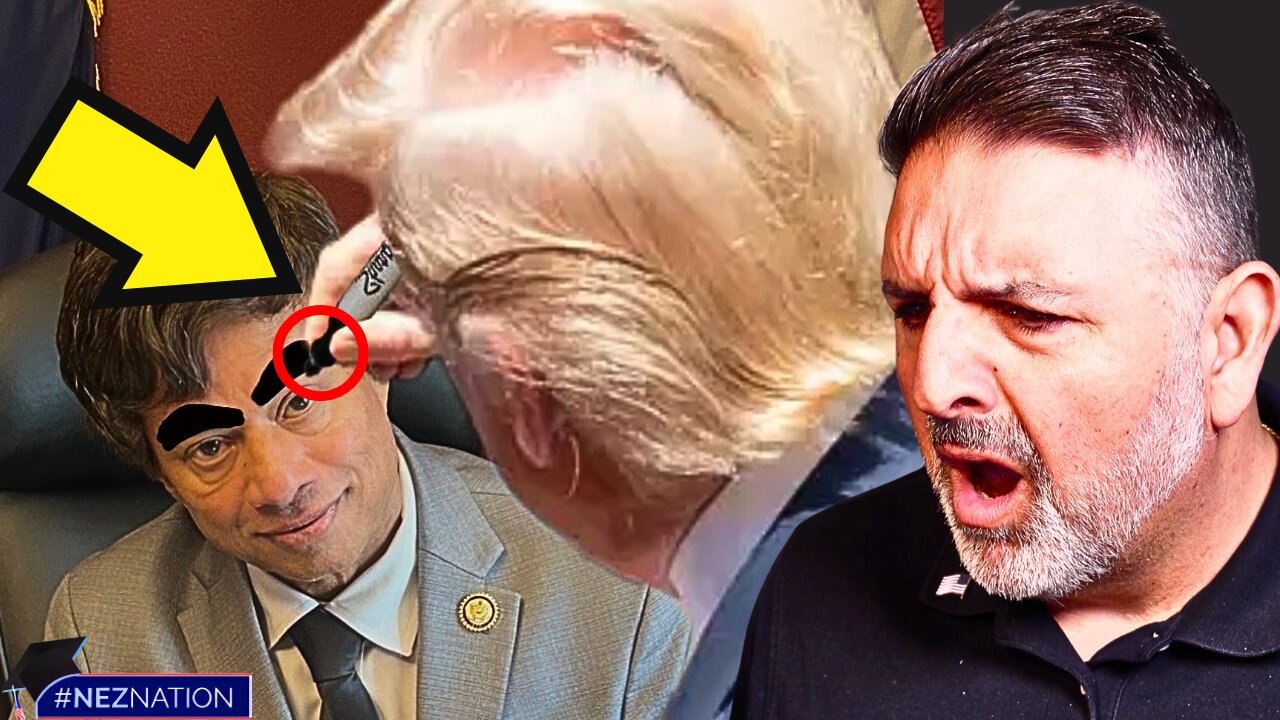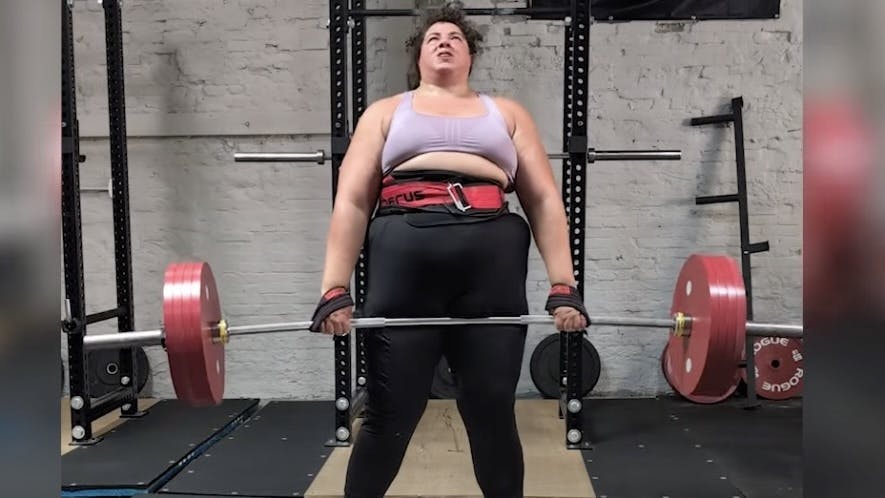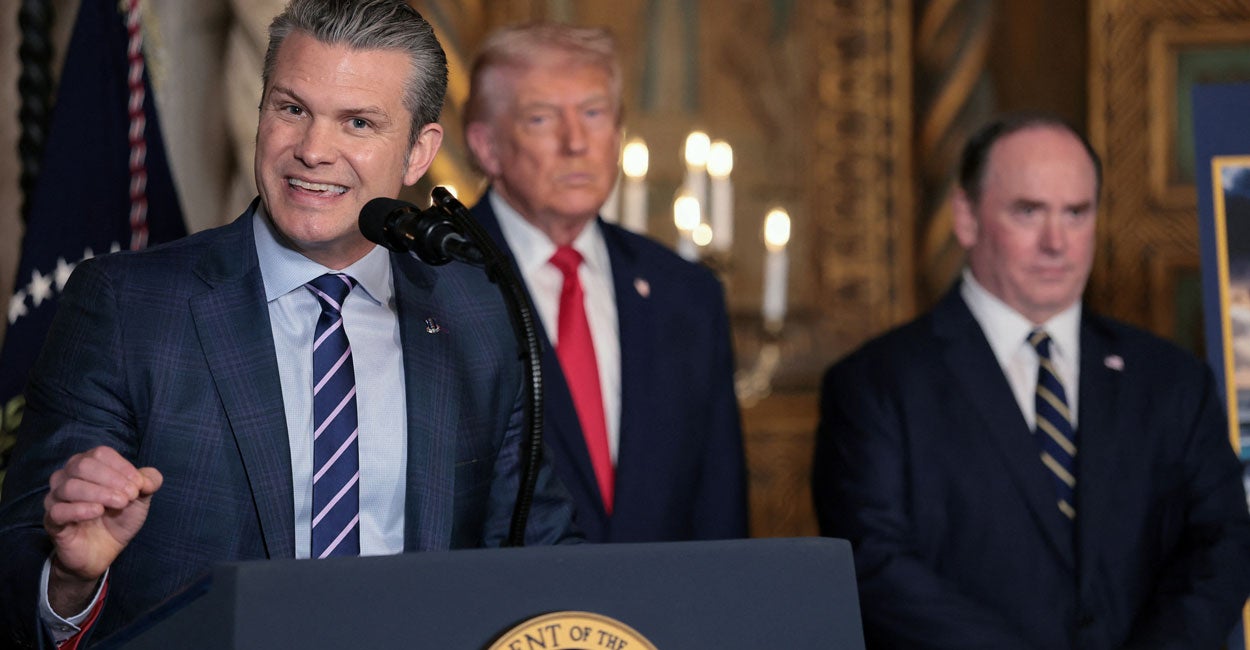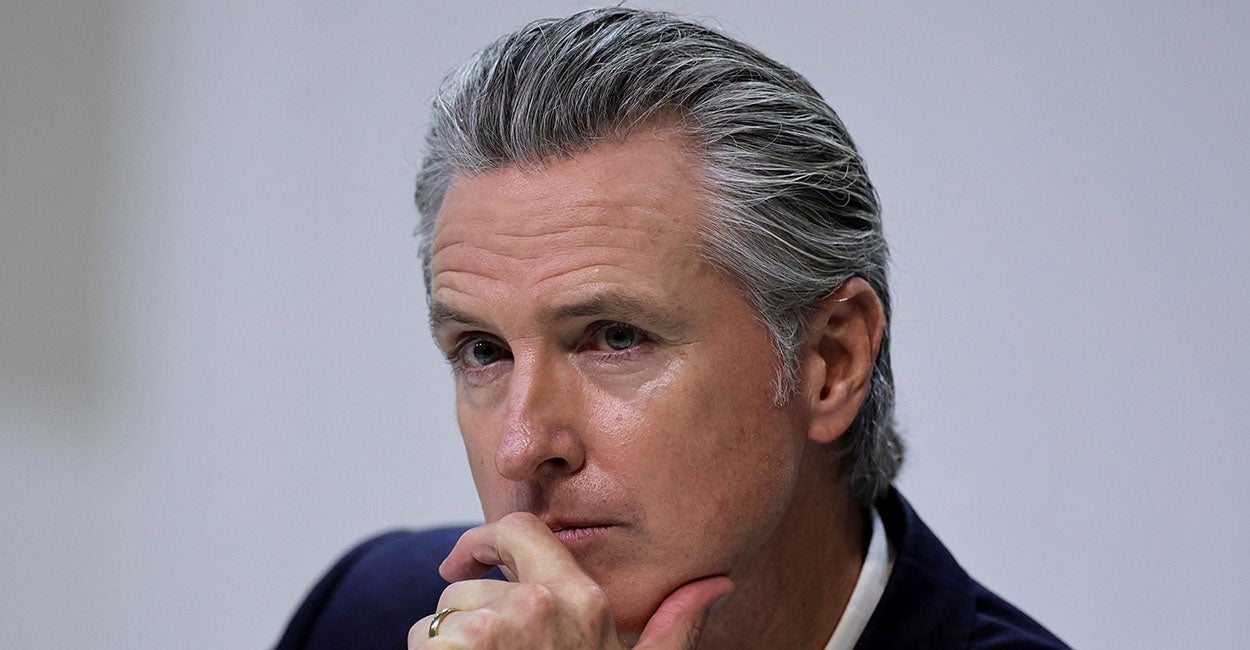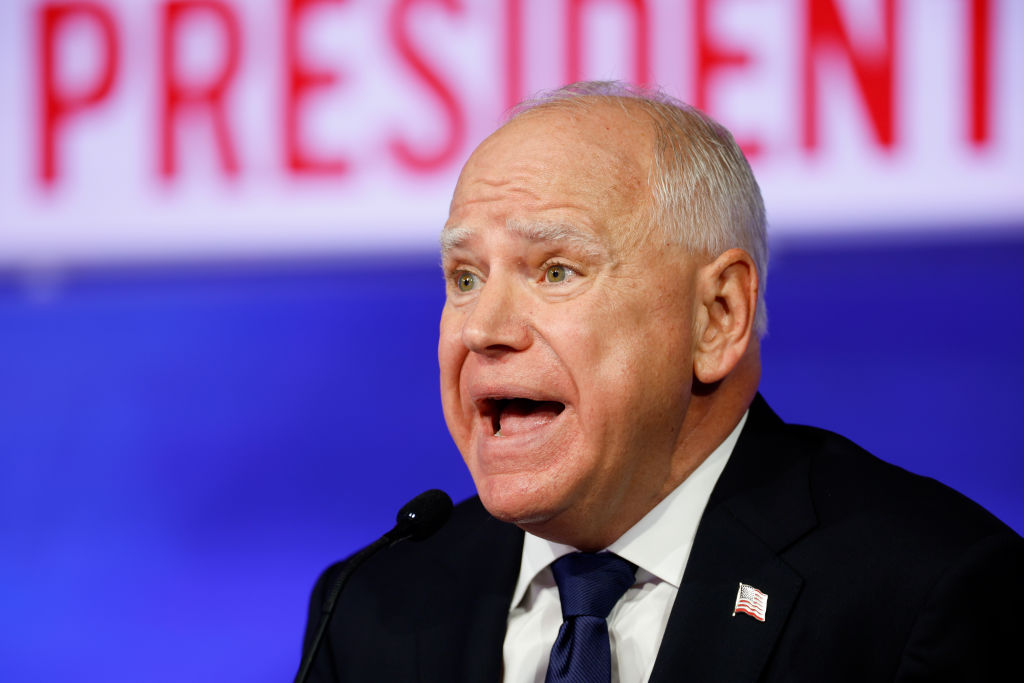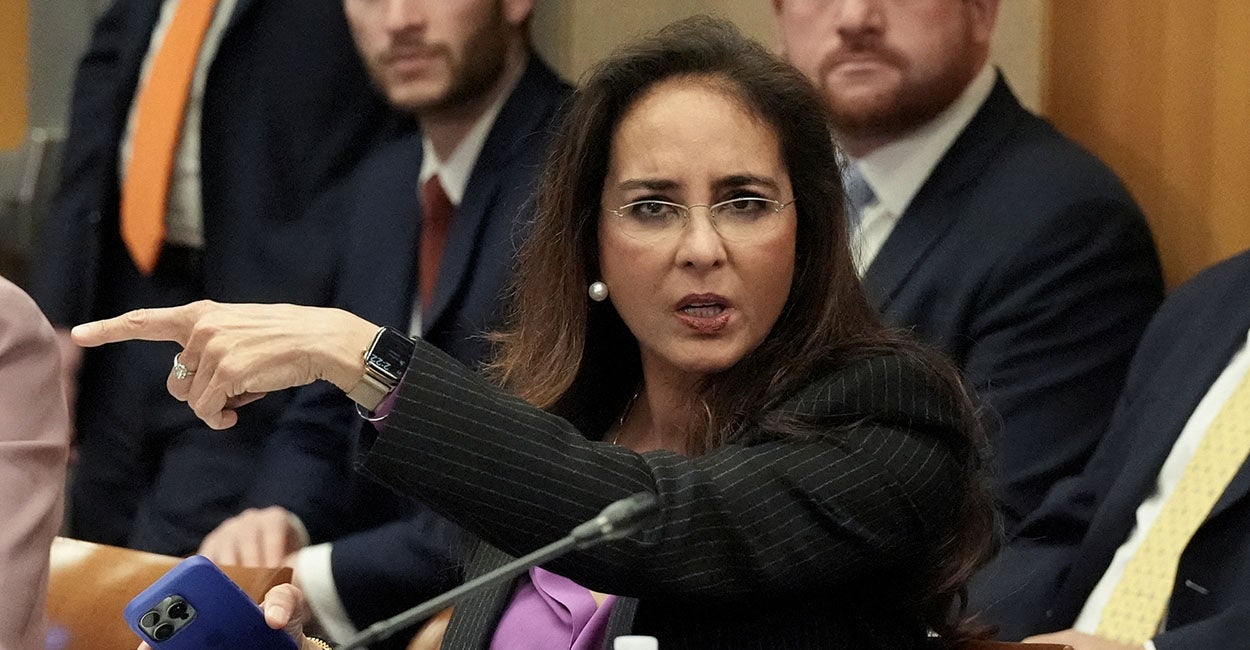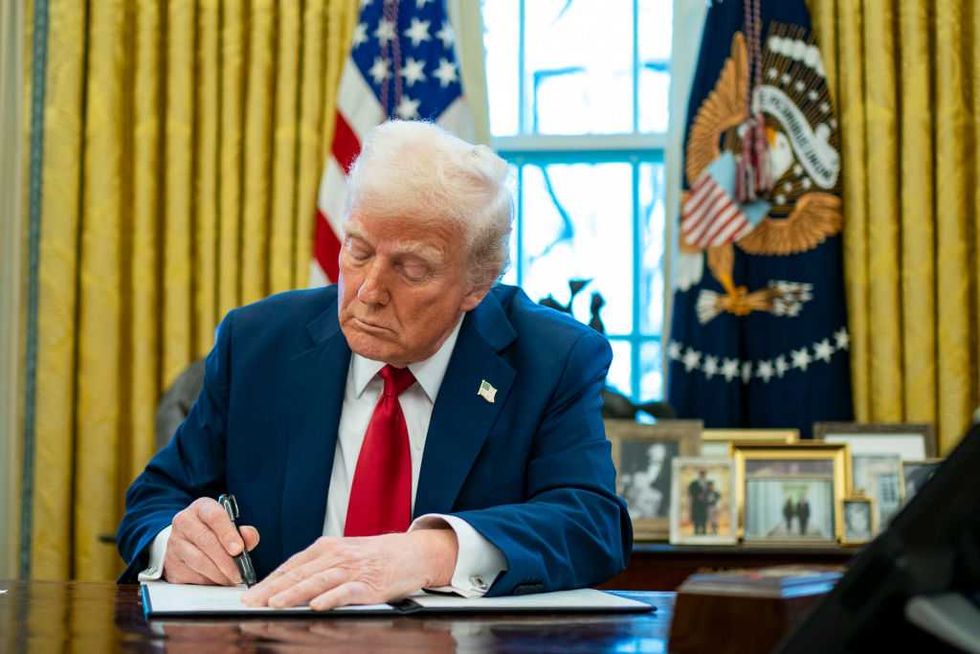The Department of Education Corrects an Overreach on the 90/10 Rule
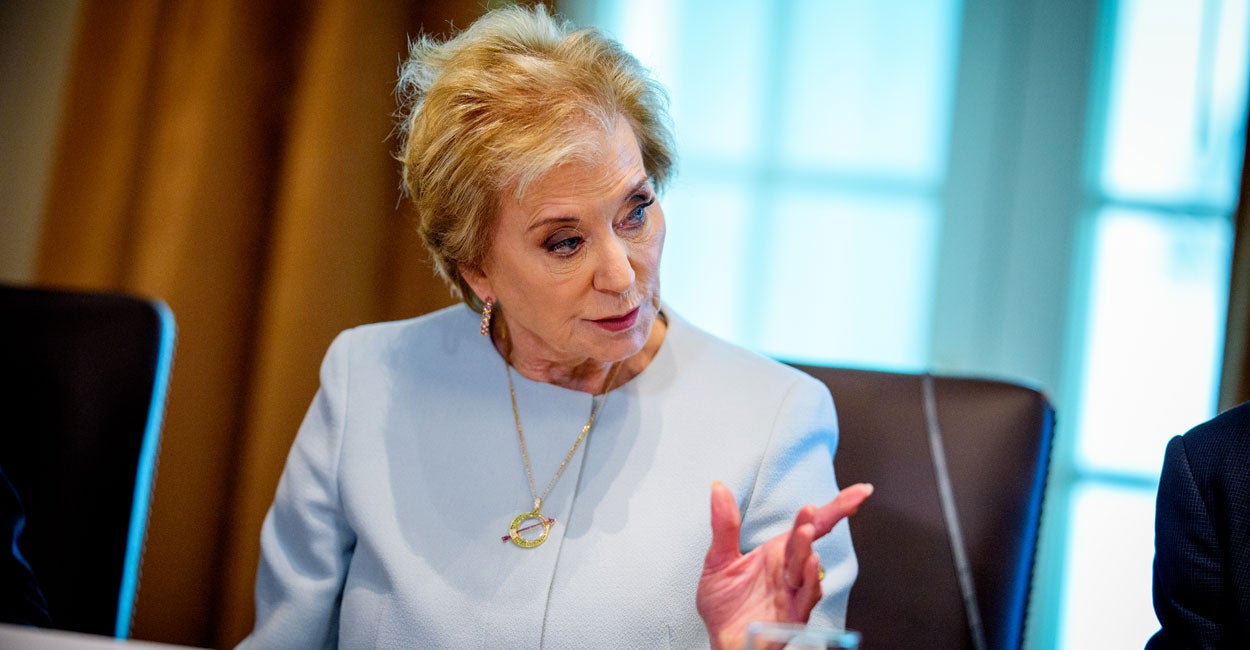
This week, the Department of Education published a long-overdue correction in the Federal Register, revising how for-profit colleges must calculate compliance with the 90/10 rule. The correction allows these institutions to include revenue from certain programs, such as those offered online or at job sites, when determining eligibility for federal student aid.
Live Your Best Retirement
Fun • Funds • Fitness • Freedom
This reversal rights a wrong: The previous administration attempted to impose new restrictions through a regulatory preamble, rather than through formal rulemaking.
Now, affected schools not only have clearer guidance but can retroactively adjust prior years’ revenue calculations to reflect the actual regulatory text.
What is the 90/10 Rule?
The 90/10 rule is a federal regulation that applies only to for-profit colleges, requiring them to derive at least 10% of their revenue from non-federal sources. This provision was initially created in 1992 as the 85/15 rule and modified to 90/10 in the 1998 Higher Education Act reauthorization. The idea was to ensure that for-profit schools had some “skin in the game” by demonstrating that they could attract revenue beyond federal subsidies.
Yet while the original goal may have made sense at the time, the current implementation is uneven and biased, applying only to for-profit institutions while leaving public and nonprofit colleges unaccountable for their reliance on federal dollars.
A Troubling Expansion
In 2021, the American Rescue Plan Act expanded the definition of federal revenue under the 90/10 rule to include not just Title IV federal aid (such as Pell Grants and student loans) but also funds from the GI Bill and Department of Defense tuition assistance.
The Biden administration codified this change in 2022—but it went a step further. Without proper rulemaking, it attempted to bar for-profit colleges from counting revenue from certain programs—those offered via distance education or at unapproved locations—toward their 10% non-federal threshold, even though this restriction never appeared in the final regulatory text.
Now, Secretary Linda McMahon’s Department of Education has officially walked back that informal expansion.
The Department’s Clarification
The Department’s updated guidance rightly revokes the Biden administration’s overreach, noting that such changes never underwent the legally required notice-and-comment process. Moving forward, schools may count revenue from online or off-site programs toward their 10% threshold if the programs have state licensure, are accredited by a recognized agency, or result in an industry-recognized credential or certification.
This is a welcome clarification. But it should also serve as a broader moment of reflection on the fairness and effectiveness of the 90/10 rule itself.
A Rule That Misses the Mark
Despite its well-meaning origins, the 90/10 rule unfairly targets one sector of higher education. If applied across the board, many public institutions would fail to meet the standards. In fact, in 2013, expert Mark Kantrowitz found that 80% of public two-year colleges and 40% of public four-year colleges would be found out of compliance with the rule if it were applied to them.
As my former colleague Lindsey Burke at The Heritage Foundation has noted, the rule has likely triggered unintended consequences like tuition inflation driven by efforts to appear less reliant on federal funds. By targeting for-profits alone, the rule creates a distorted marketplace and incentives that don’t always serve students.
A Smarter Approach: Risk-Sharing
Rather than continue with a rule that unfairly burdens one sector, policymakers should pursue a more sector-neutral accountability framework like an institutional risk-sharing model. The Higher Education Reform Opportunity Act, introduced by Sen. Mike Lee, R-Utah, and Rep. Chip Roy, R-Texas, offers such an approach.
This act would require colleges to repay a percentage of the total student loans issued, taking into account loan default rates and the average national unemployment rate. That gives institutions real skin in the game, regardless of tax status.
Meanwhile, the recently signed One Big Beautiful Bill Act introduces another layer of accountability by tying federal funding to program-level earnings outcomes. But as American Enterprise Institute scholar Preston Cooper has pointed out, more than 90% of bachelor’s and master’s programs already pass the Senate’s proposed earnings test. That means some of the worst programs may slip through if they produce just enough income to pass, even if they leave students with crushing debt.
The Bottom Line
The Department of Education’s recent revision is a step in the right direction, restoring regulatory clarity to for-profit institutions that have been unfairly targeted in recent years. But it’s time to go further. Congress should either apply the 90/10 rule across all institutions or, better yet, replace it with a more meaningful accountability system such as risk-sharing. Students, taxpayers, and the higher education system deserve nothing less.
The post The Department of Education Corrects an Overreach on the 90/10 Rule appeared first on The Daily Signal.
Originally Published at Daily Wire, Daily Signal, or The Blaze
What's Your Reaction?
 Like
0
Like
0
 Dislike
0
Dislike
0
 Love
0
Love
0
 Funny
0
Funny
0
 Angry
0
Angry
0
 Sad
0
Sad
0
 Wow
0
Wow
0





